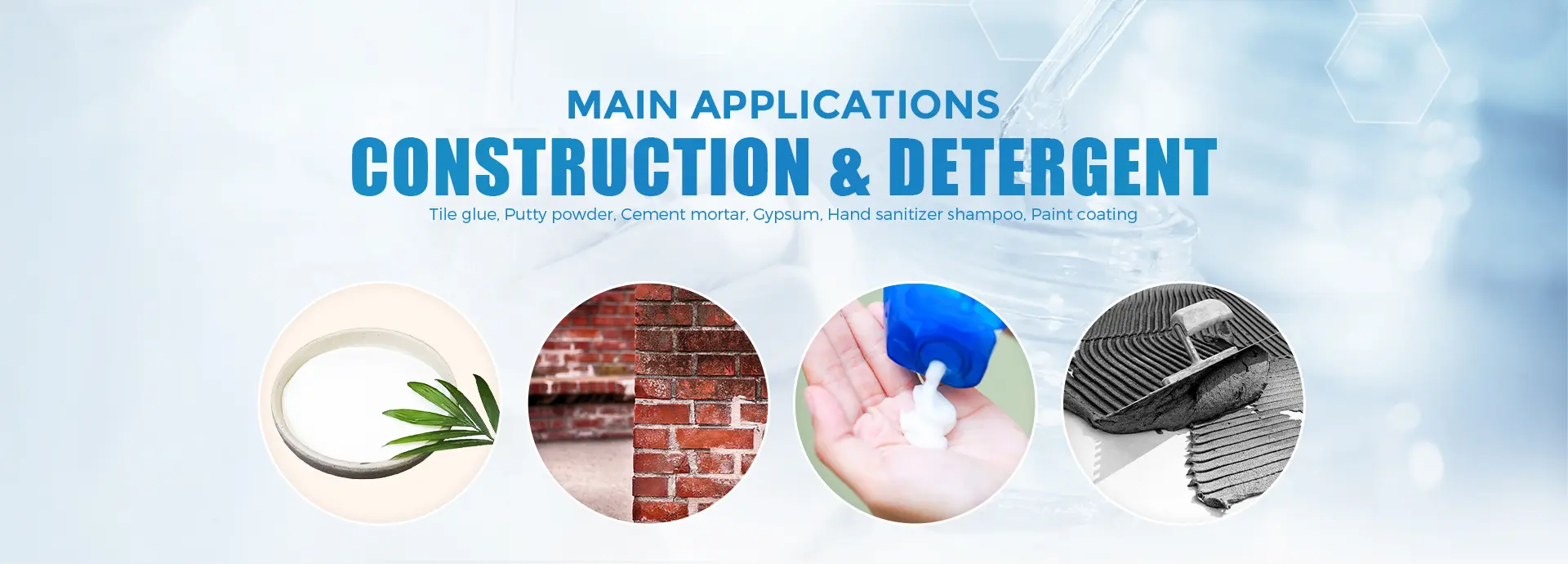HPMC Manufacturing An Overview of Hydroxypropyl Methylcellulose Production
Hydroxypropyl Methylcellulose (HPMC) is an essential cellulose derivative with a wide range of applications in various industries, including pharmaceuticals, food, construction, and cosmetics. This article explores the manufacturing process of HPMC, its properties, and its diverse applications.
The Manufacturing Process
The production of HPMC begins with the extraction of cellulose from natural sources such as wood pulp or cotton. The cellulose is then subjected to a series of chemical processes to modify its structure and properties. The preparation of HPMC typically involves the following key steps
1. Alkalization The cellulose is first treated with an alkaline solution, usually sodium hydroxide (NaOH), to swell and partially dissolve the fibers. This step increases the reactivity of cellulose, allowing for further chemical modifications.
2. Etherification Following alkalization, the swollen cellulose is reacted with propylene oxide and methyl chloride or a similar etherifying agent. This process introduces hydroxypropyl and methoxy groups into the cellulose structure, resulting in HPMC. The degree of substitution of these groups can be controlled to produce HPMC with varying viscosities and solubility characteristics.
3. Neutralization After etherification, the mixture is neutralized to stop the reaction, typically using a dilute acid solution. This step ensures that any residual alkali is neutralized, resulting in a stable product.
4. Purification and Drying The final product undergoes purification to remove unreacted materials and by-products. The purified HPMC is then dried, milled, and granulated to achieve the desired particle size for various applications.
Properties of HPMC
HPMC possesses unique physicochemical properties that make it valuable across multiple industries. It is a white, odorless powder that is soluble in cold water, forming a viscous gel. Some of its key properties include
- Thickening Agent HPMC is widely used as a thickener in food products and cosmetic formulations due to its ability to increase viscosity without affecting the taste or clarity.
hpmc manufactur

- Binder In the pharmaceutical industry, HPMC acts as a binder in tablet formulations, ensuring uniform distribution of active ingredients and enhancing stability.
- Film-Forming Ability HPMC can form flexible films, making it an ideal choice for coatings in the food and pharmaceutical industries. It helps to protect products from moisture and enhances shelf life.
- Water Retention In construction applications, HPMC improves the water retention of mortars and plasters, enhancing workability and prolonging setting times.
Applications of HPMC
The versatility of HPMC allows it to be used in a diverse array of applications
- Pharmaceuticals HPMC is used as an excipient in various drug formulations, including sustained-release tablets and topical ointments.
- Food Industry It serves as a thickener and stabilizer in sauces, dressings, and ice creams, contributing to desirable textures and mouthfeel.
- Construction HPMC is incorporated into cement-based products such as tile adhesives, joint compounds, and grouts, improving performance and application ease.
- Cosmetics In cosmetics, HPMC is used for emulsification and stabilization in creams, lotions, and gels, enhancing product consistency.
Conclusion
HPMC manufacturing is a complex process that transforms natural cellulose into a multifunctional polymer with applications across various industries. The benefits of HPMC, including its thickening, binding, and film-forming properties, make it an invaluable ingredient in pharmaceuticals, food, construction, and cosmetics. As demand for natural and multifunctional materials continues to rise, the production and application of HPMC are likely to expand, showcasing its potential to innovate and improve various products.
-
Rdp Powder: Key Considerations for Wholesalers in the Building Materials IndustryNewsJul.08,2025
-
Key Considerations for Wholesalers: Navigating the World of Hpmc - Based ProductsNewsJul.08,2025
-
Hpmc Detergent: Key Considerations for WholesalersNewsJul.08,2025
-
Key Considerations for Wholesalers: China Hpmc For Tile Adhesive, Coating Additives, Concrete Additives, and MoreNewsJul.08,2025
-
Crucial Considerations for Wholesalers: Navigating the World of Construction MaterialsNewsJul.08,2025
-
Key Considerations for Wholesalers Sourcing Additive For Cement, Additive For Concrete, Additive For Putty from Additive Manufacturer Shijiazhuang Gaocheng District Yongfeng Cellulose Co., Ltd.NewsJul.08,2025




